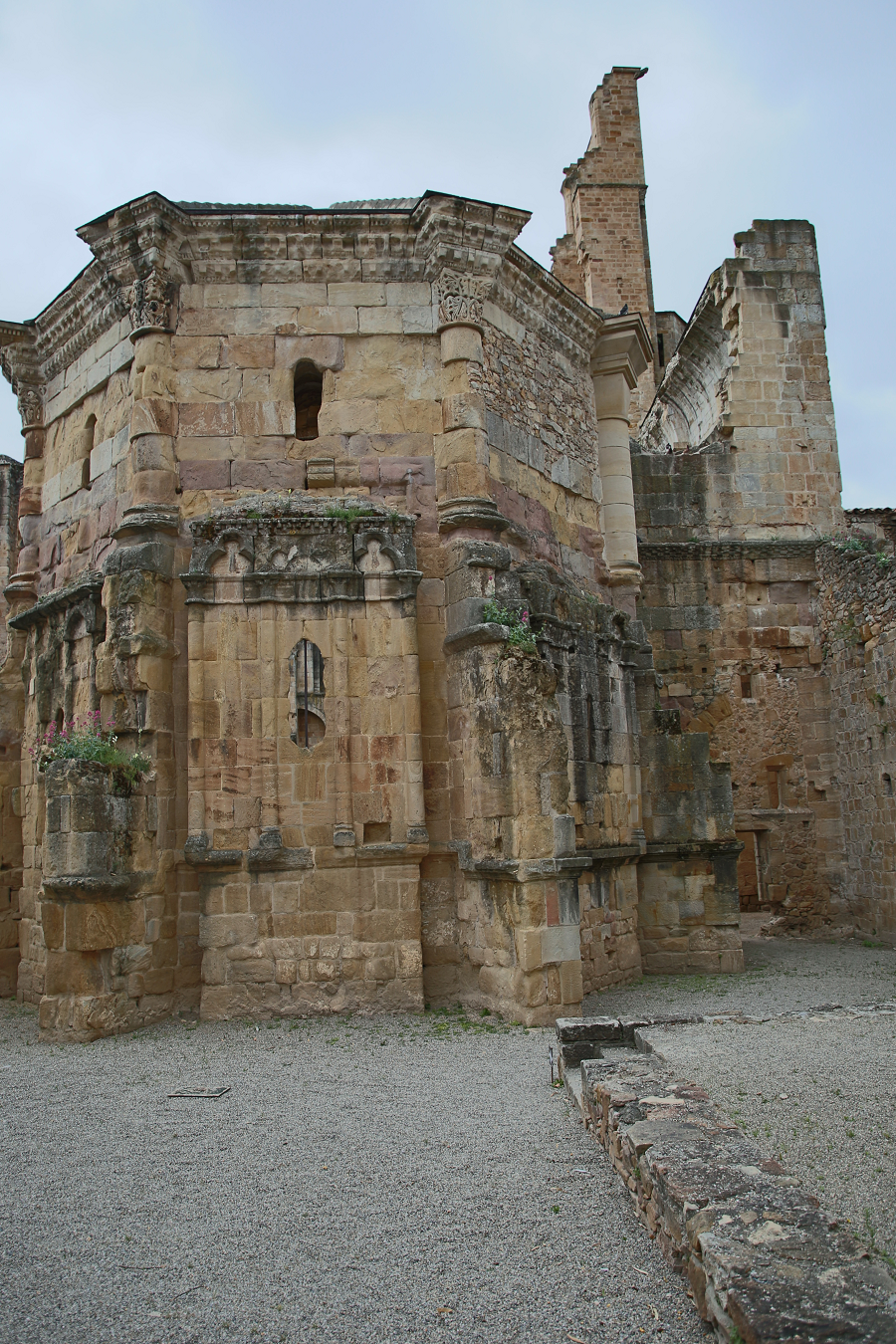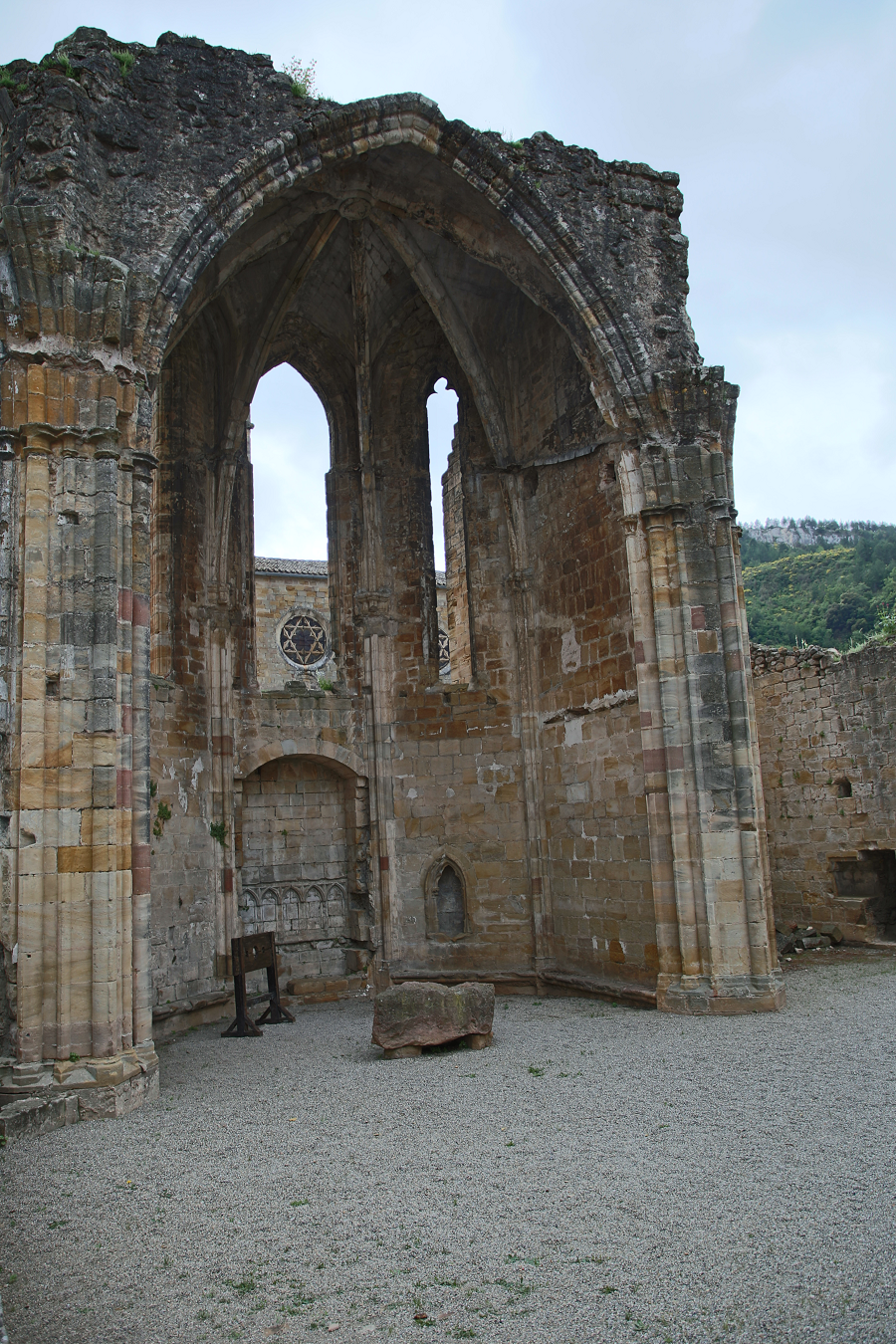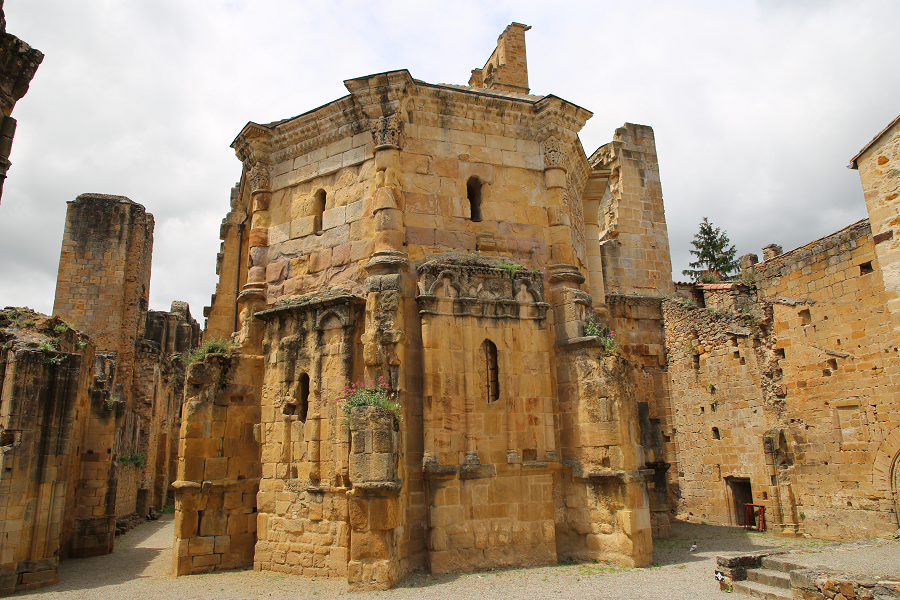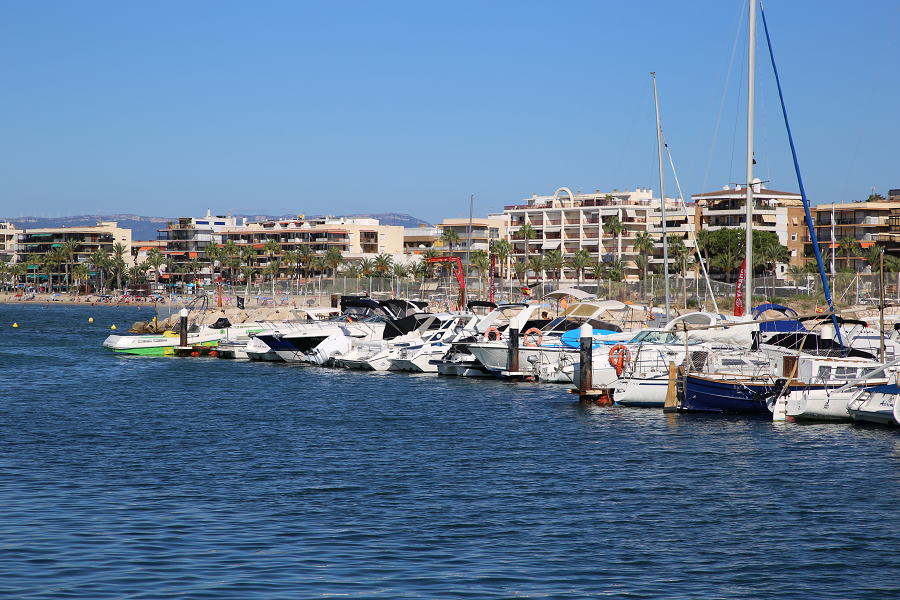The Notre Dame d’Alet Benedictine Abbey is located in Alet-les-Bains, the commune of Aude, Occitania (Pyrenees, France). The abbey’s first mentioning dates back to the 9th century.
The abbey location is in the former Razès county. Notre Dame d’Alet Abbey was elevated to the episcopacy rank between 1318 and 1801.
The abbey had a warlike appearance, surrounded by walls decorated with battlements. There were beautiful flower gardens, an atrium, a refectory, a room for parishioners and pilgrims inside.
Alet Abbey church is one of the most beautiful monuments of Romanesque art in the south of France. The Benedictine monks who lived in Alet Abbey were artists and architects and did not tire of decorating and building it over the centuries.
There was a monastery on the abbey territory initially, according to legend. Count Bera of Barcelona founded the abbey in his place and dedicated it to Our Lady.
The abbey adopted the rules of the Benedictines – the oldest Catholic monastic order founded by St. Benedict of Nursia in the VI century. It was richly gifted, which caused the greed and jealousy of other local lords, especially Couiza and Limoux.
The abbey was partially destroyed as a result of a conflict between the Earl of Carcassonne and the Archbishop of Narbonne in 1058. Abbot Pons d’Amelie built a defensive wall around the abbey presumably in 1091. The protected abbey began to flourish and became one of the most influential in the region – this continued until the start of the Crusade against the Cathar heretics.
When the army of Simon de Monfort, sixth Earl of Leicester, also known as Simon V de Montfort) won, the monks asked Count de Foix for protection. The surviving Alet monks secured permission to return to their abbey only a few decades later during the truce.
The religious wars era began in the sixteenth century: Catholics and Protestants killed each other everywhere in Western Europe “in the name of God,” destroying countries with fire and filling them with blood.
The Huguenots (French Protestants) captured Alet in 1573, the bishop’s palace was destroyed in 1577, the town’s Saint-Marie cathedral was looted, the altar was mutilated. A cannonball destroyed part of the cathedral roof. The cathedral roof was never repaired, the building eventually collapsed by itself as a result, and the cathedral walls were sold in 1793 to Jean Menier for nothing.
35 bishops ruled over the abbey for the entire time of its existence (from February 1318 to July 1790). Nicolas Pavillon was the most famous of them – he led the abbey for 40 years from 1637 to 1677 and was known for supporting the Jansenist movement (theological teaching based on a religious, political and philosophical movement that developed in the XVII and XVIII centuries, mainly in France, in response to some changes in the Catholic Church and royal absolutism. Charles de la Cropte became the Alet’s last bishop. A road was built connecting Limoux and Quillan, and the bishop’s palace was renovated during his reign.
Alet was divided between the dioceses of Carcassonne, Perpignan, and Toulouse in 1801. Albert Niveduab became the new owner of the walls in 1877.
The whole abbey was classified as a historical monument in 1889, thanks to Limoux Republican Deputy Henri Dujardin-Beaumetz.
The first restoration work was carried out only in 1903, as a result of which it was possible to preserve the Romanesque choir – the oldest part of this historical monument. Entrance gates, chapel, and the abbey walls are historical monuments also.
Next to the abbey is the 19th-century Saint-Andre church with chapels, from which only the apse, three columns, sidewalls, a part of the left transept and two towers remain – the Saint-Andre tower and the Notre-Dame tower, which collapsed in 1830. There is a medieval fortified village, the twelfth and fourteenth centuries mansions, and thermal springs nearby also.
An interesting fact – two underground rooms have recently been found under the ruins of the abbey and under the church. Several tombs were discovered in them.
How to get to?
From Paris: 7 hr 56 min (787 km) via A20
From Toulouse: 1 hr 27 min (109 km) via A61
From Andorra: 2 hr 31 min (129 km) via D613
From Barcelona: 4 hr 4 min (263 km) via C-16 and D118
From Madrid: 9 hr 3 min (776 km) via A-2
From Monaco: 5 hr 27 min (530 km) via A8 and A9
From Moscow: 38 hr (3,455 km) via E30/M1
From Belgrade: 19 hr 1 min (1,833 km) via E70
From Istanbul: 30 hr (2,782 km) via E70
From Bern: 7 hr 45 min (788 km) via A9
See here Pyrenees travel guide
See here France travel guide
See here Spain travel guide

















